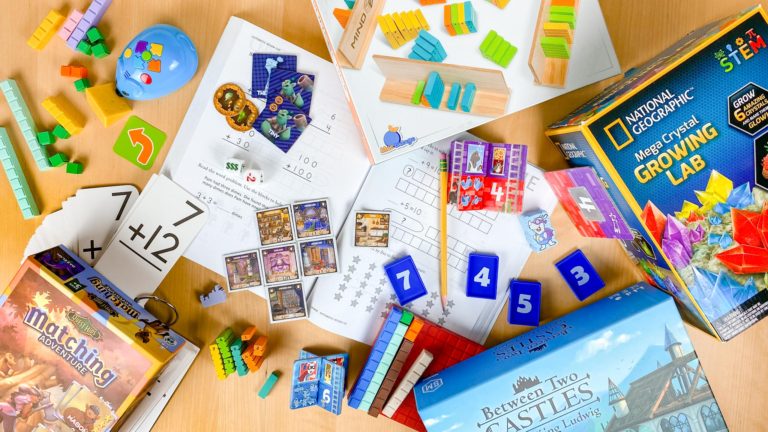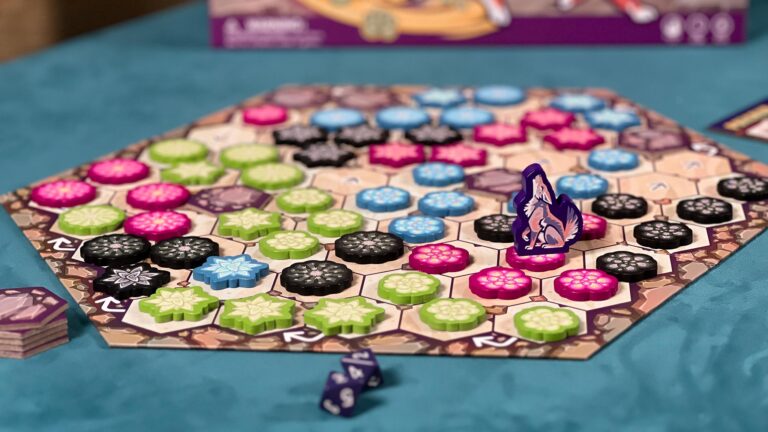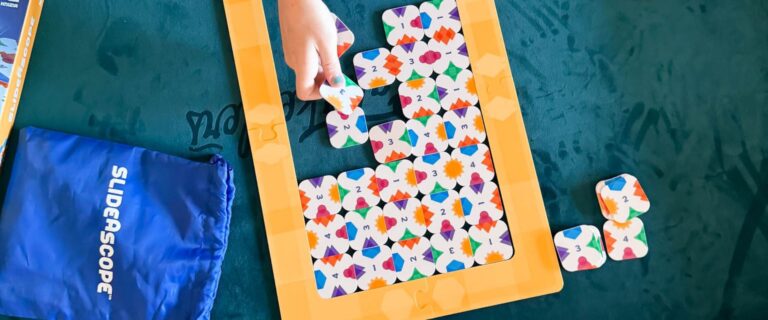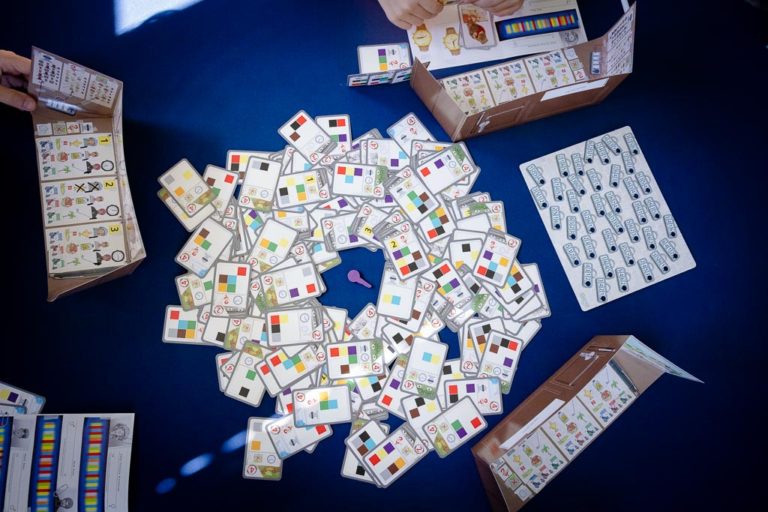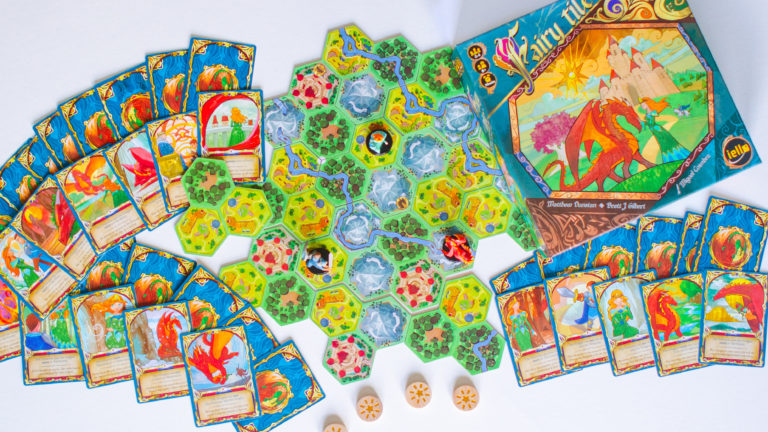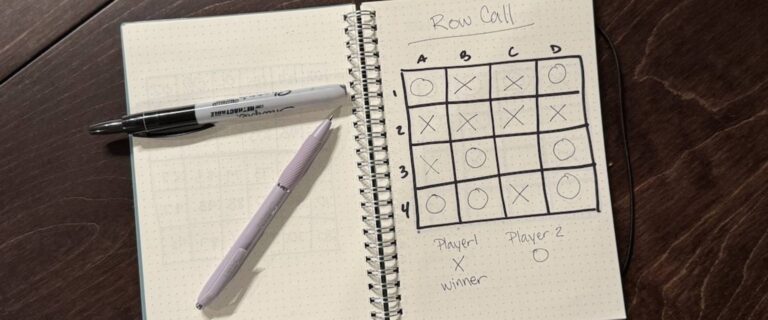This post is sponsored by Simply Fun. It’s no secret that games are one of my favorite ways to help increase and hone math skills which is why after my first play of Arctic Riders, I couldn’t wait to share about how great it is!
Arctic Riders doesn’t just have math in a part of the game — but EVERY part! From beginning to end players will be doing mental addition and subtraction equations to achieve their goals.
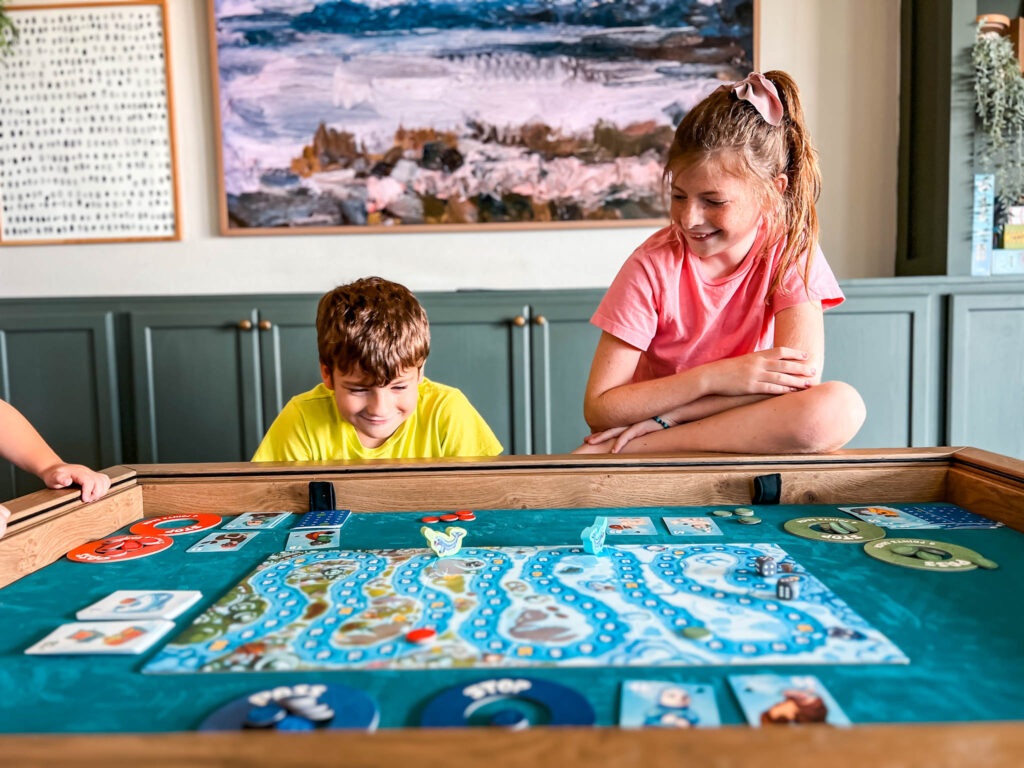
Arctic Riders Overview
Arctic Riders is a competitive board game where players will work to get the most points by feeding narwhals their treats. To place their treats, players will choose one of the top cards from the vehicle decks, showing an addition or subtraction card, and then look at their animal number cards in front of them and solve an equation by calculating the answer. This calculation can be performed in their head or on paper.
Players share the answer aloud and then take the animal card and vehicle card they used to check their answer.
Each animal card has an opening, that, when lined up with the vehicle card, reveals the answer to the equation the two cards create. So if you have an animal card with the number 75, and select the vehicle card showing +12, when lined up, the number 87 will appear in the circle opening.

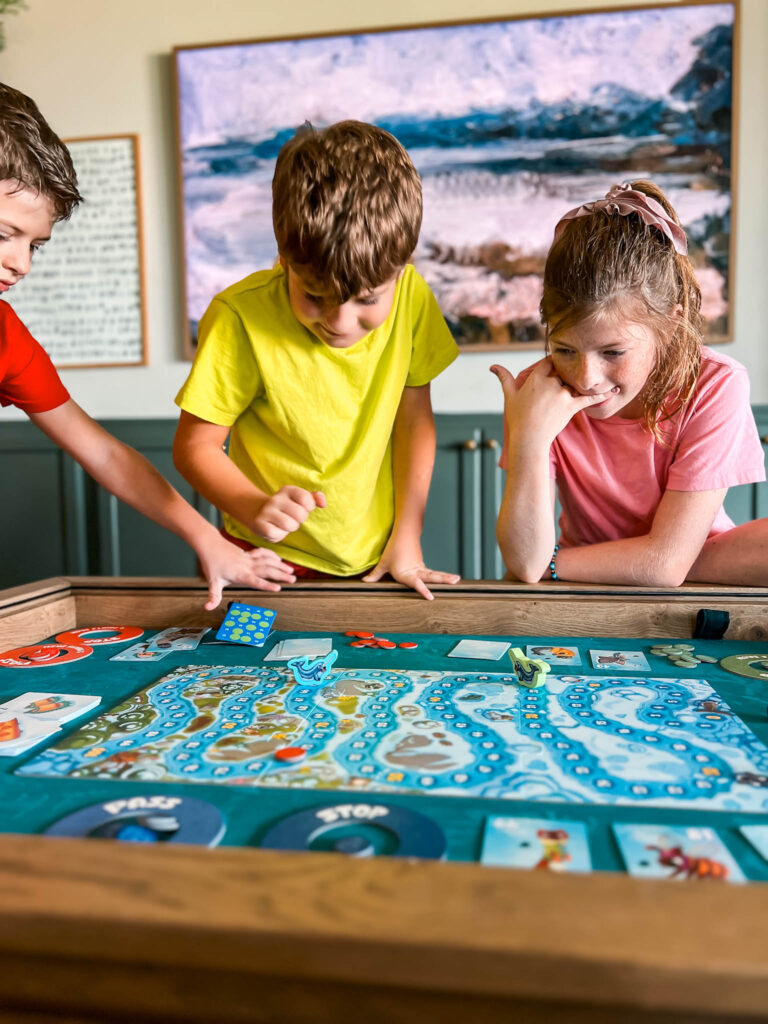
You then place two treats on that number space on the board.
If you were wrong, don’t worry, you still get to place a single treat on the correct spot.
Then the narwhal pawns move. The active player rolls the two dice and selects one for each narwhal. The green narwhal ascends the number track from 0 to 100, while the blue narwhal descends.
If a narwhal stops and lands on the same space as a treat token, those treat tokens are added to the respective player’s “stop” scoring ring, and will earn them 4 points at the end of the game. If the narwhal passes over the treat, they are added to the player’s “pass” ring and earn 2 points at the end of the game.
Once all animal cards have been played the game ends. Players count up the treat tokens in their scoring rings and the player with the highest total wins.
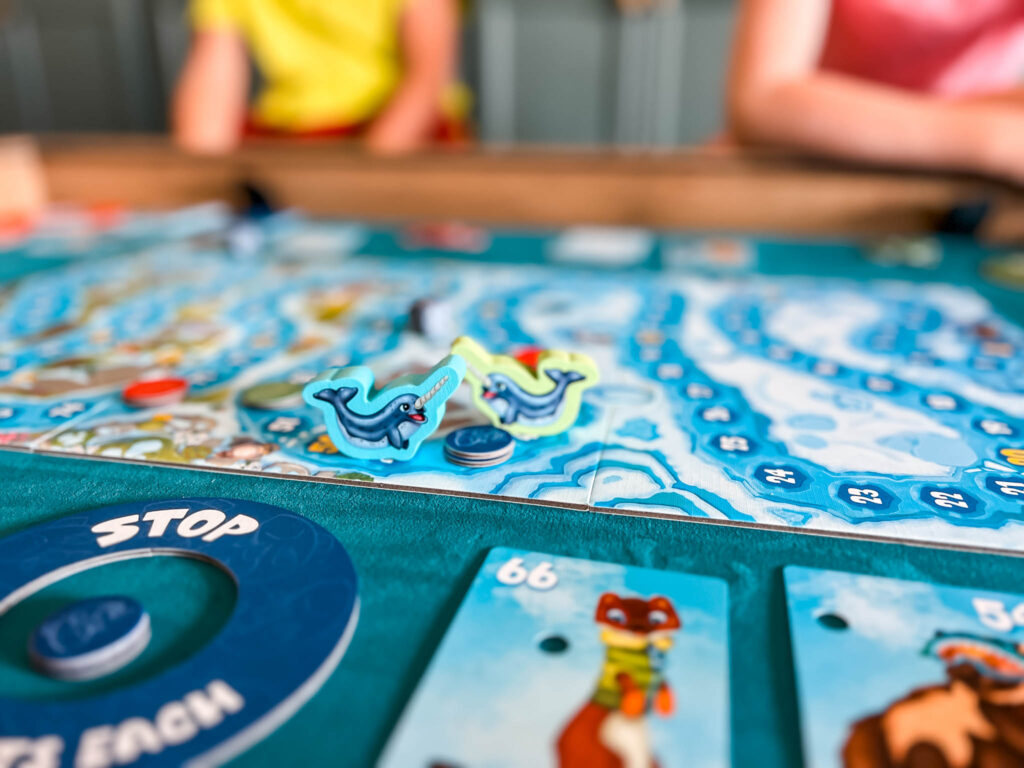
Arctic Riders has Math at Every Stage of the Game.
Arctic Riders is one of the best math focused games I have ever played for elementary kids.
On each turn, players will perform 6-8 math problems!
Let’s break those down.
Your first four math problems come from determining which cards to use. Each player has two animal cards in front of them and there are two vehicle deck cards available to use. That means, to determine which card is best for you to use, you’ll perform the addition and subtraction equation with both cards!
This stage of the game makes my teacher’s heart sing! Whether performing the calculations mentally or by using paper, Arctic Riders gives kids an excellent chance to practice single and two digit arithmetic as well as place value skills. I also love how adept it will help kids become in performing these calculations mentally; it’s even a great opportunity to show how rounding numbers can help make those calculations easier to perform!
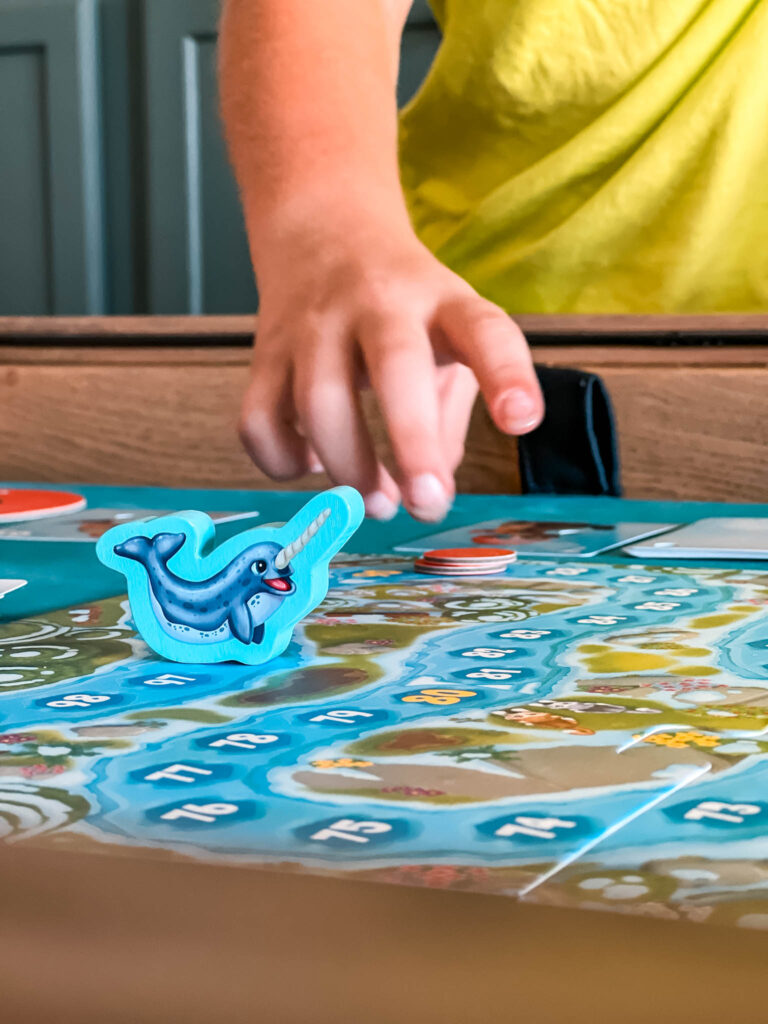
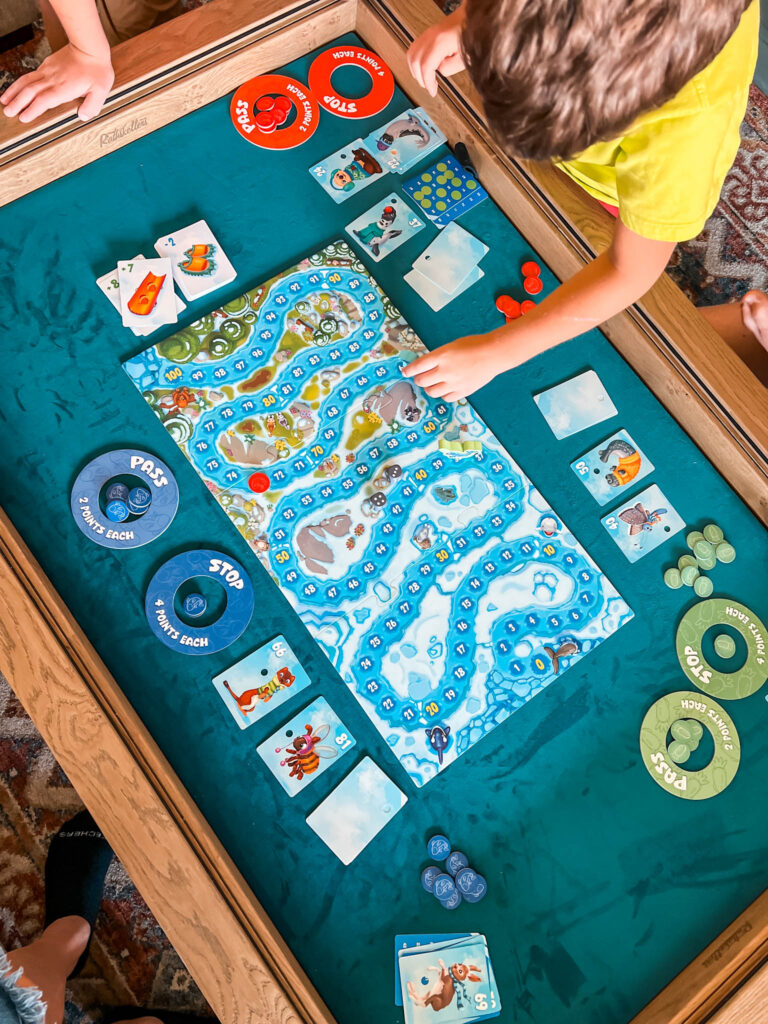
The next 2-4 math problems come when moving the narwhals. You’ll decide which die to assign to each narwhal, giving players another opportunity to perform addition and subtraction calculations. In order to determine the best way to assign the dice, you’ll need to know where each narwhal would stop if you were to use either dice on them. This means that you could be performing another two addition and subtraction problems each!
But let’s not forget the end of the game! Because calculating your score gives players a great chance to practice their skip counting skills!
Math + Game Strategy = FUN!
Along with all this intentional math, there’s a fun game to be played as well!
I was so excited to see that Arctic Riders was designed by Reiner Knizia! He’s one of our favorite game designers who has a way of combining fun mechanics into family friendly, easy to understand games.
Some of the key strategy decisions kids will encounter in Arctic Riders includes:
Treat Placement: You want to place the treat where it has the highest chance of being eaten or passed over by narwhals. That means that as the game progresses, some spaces on the board will be out of range and will not earn you points.
Narwhal movement: Players want to make sure their treats are stopped on while opponents are passed over. Using the dice strategically will help you increase your chances of a higher score while also lowering your opponents score potential.
These are simple yet impactful decisions that will help players think critically through each turn to increase their points.
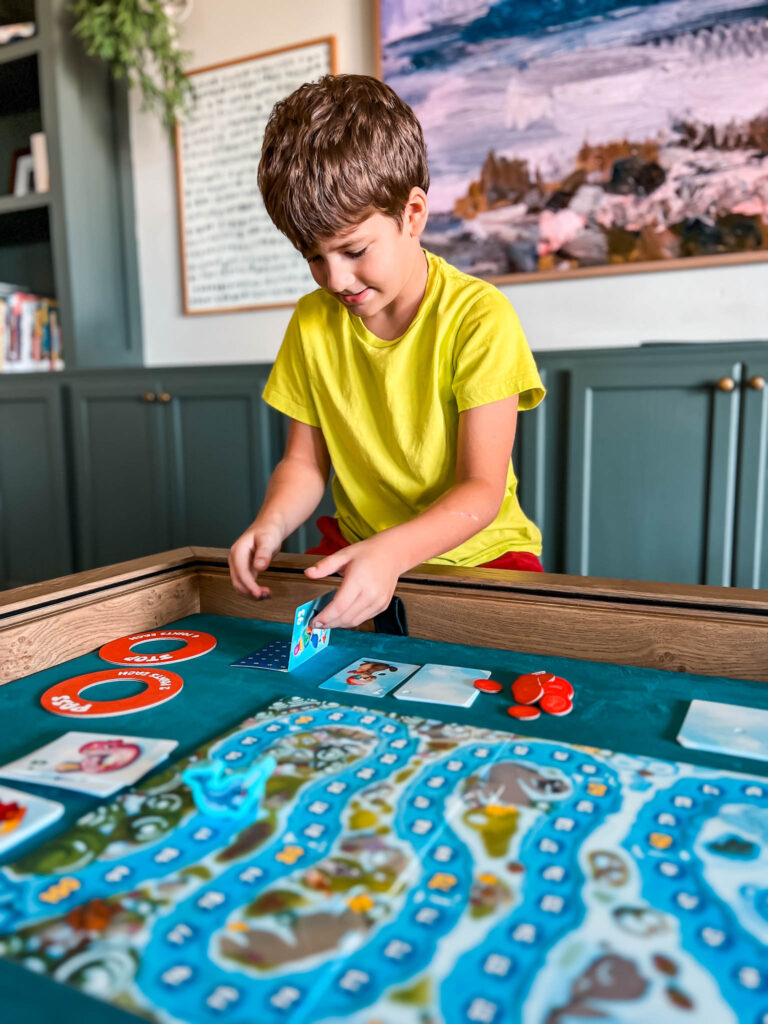
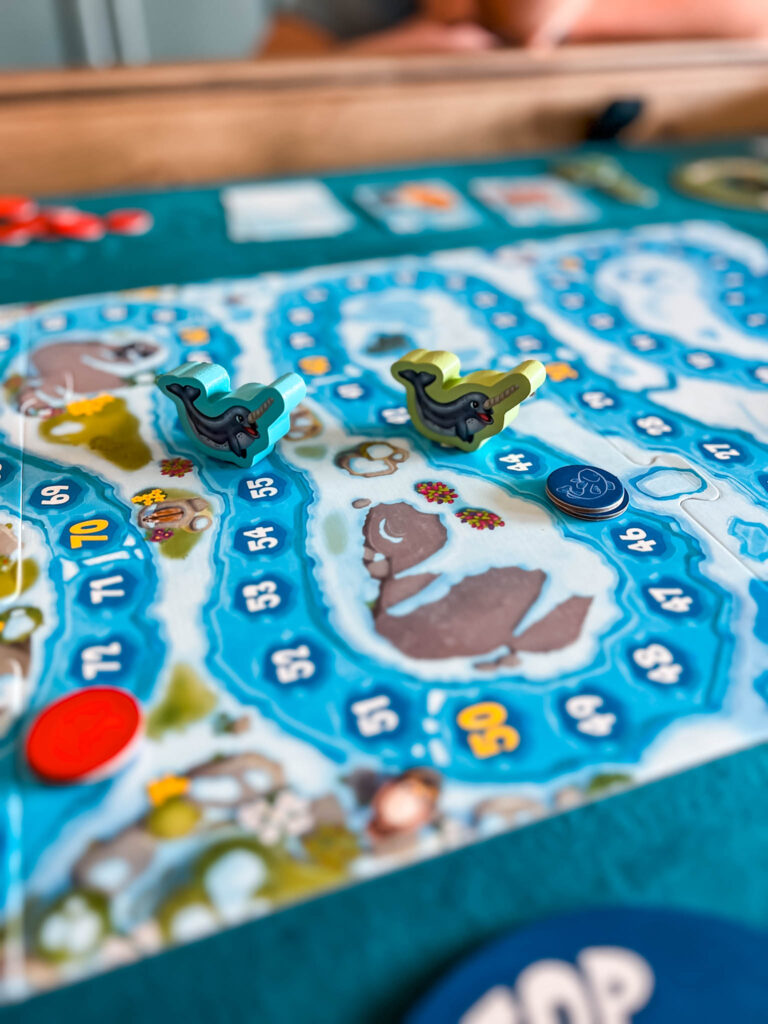
Educational and Fun
Arctic Riders gets two thumbs up from us. We think this is a great blending of fun game play with intentional educational aims.
While everyone can benefit from a little extra math practice, we think Arctic Riders is an excellent fit for kids in First through Third grade specifically. And thanks to the clever way players can check their answers by aligning the cards (which feels like magic, btw! It’s so cool!) Kids in that 7-9 year old range are perfectly able to run the game on their own!
Arctic Riders in an instant recommend from us!
You can purchase up a copy for your home here.
If you liked this post about Educational Gaming with Arctic Riders then you may also enjoy:
15+ Board Games that Help Teach Math
Educational Games for Summer Break
Board Game Recommendations by Age

